TRIBU TORTUGA | TURTLE TRIBE
SINCE 2019 WE HAVE CARED FOR 360 NESTS AND RELEASED over 29,000 BABY SEA TURTLES INTO THE PACIFIC OCEAN.
YOU CAN JOIN TURTLE TRIBE FOR THE 2025 LAYING SEASON AND HELP US RESCUE AS MANY TURTLES AS POSSIBLE!
When you sponsor a nest, we’ll name the nest in your honor and send you a video update when your baby turtles hatch. by Joining Turtle tribe, you’ll not only be rescuing sea Turtles, but you’ll be providing jobs for people who need work, and education for the next generation.
The back story
A New Curiosity
Shortly after we moved to Salinas Grandes we were walking on the beach and spotted a huge sea turtle. Our whole family was stoked and gathered to watch the turtle make her way back to the water’s edge and be swept away by the waves. As we returned to our house, we saw a man digging in the nest the mother turtle had just left. He was digging up the eggs!
A mother Olive Ridley turtle making her nest.
We were outraged and tried to ask him some questions in our broken Spanish. We had heard that the eggs were a local delicacy, but this man said he was digging the eggs up sell to a local turtle nursery. We walked away shaking our heads with a new passion to investigate how our community handles the arrival of these beautiful turtle mothers.
We began to ask around and learned that Salinas Grandes, Nicaragua is a nesting ground for thousands of Olive Ridley sea turtles. Every year from August to November, turtle mothers return to the beaches of Salinas Grandes to lay their eggs in a massive event called an “Arribada”, meaning arrival.
Our Local Economy
These mothers bury their eggs in the sand and return back to the sea. In the ideal case, their eggs would hatch 45-50 days later. However, in Salinas Grandes, the survival rate of sea turtle eggs is nearly zero. Unfortunately, sea turtle eggs have become a key source income for the locals trying to survive in a struggling economy. During this season, people search the beach all night for nesting turtles in hopes of providing income for their families. After the mothers lay their eggs and return to the ocean, locals gather up the eggs to sell at the market. Selling the eggs from one nest could provide the same income as fishing every night for a whole week. If person is unable to find a buyer, the eggs would be eaten as a source of protein.
We were relived to find out that our new friend Scott was addressing the problem of stealing eggs by purchasing eggs for slightly above market price. He had created a turtle nursery that had been steadily growing for several years. The purchased eggs were placed in a protected nest and cared for until they hatched. The baby turtles were then returned to the ocean. As of 2019 Scott and his crew at the Tortuga Vivero (several kilometers down the beach) helped nearly 100,000 baby turtles hatch and swim into the sea. But there is more work to be done. Plenty of turtles come ashore close to our home and we want to give them a better chance at survival.
Sea turtles, besides being adorable, contribute to the health of the ocean ecosystem as a whole. Jellyfish are arguably taking over the ocean due to a lack of predators. Too many jellyfish in an ecosystem can have devastating effects: they can impact the amount of fish caught by fisherman and make the waters unsafe to swim in. If this happens to the waters of Salinas Grandes, the economy could potentially be ruined because of its dependency on the revenues from fishing and tourism. Luckily, jellyfish are among a sea turtle’s favorite snacks. It is important that sea turtle populations be protected, and we are ready to do something about it.
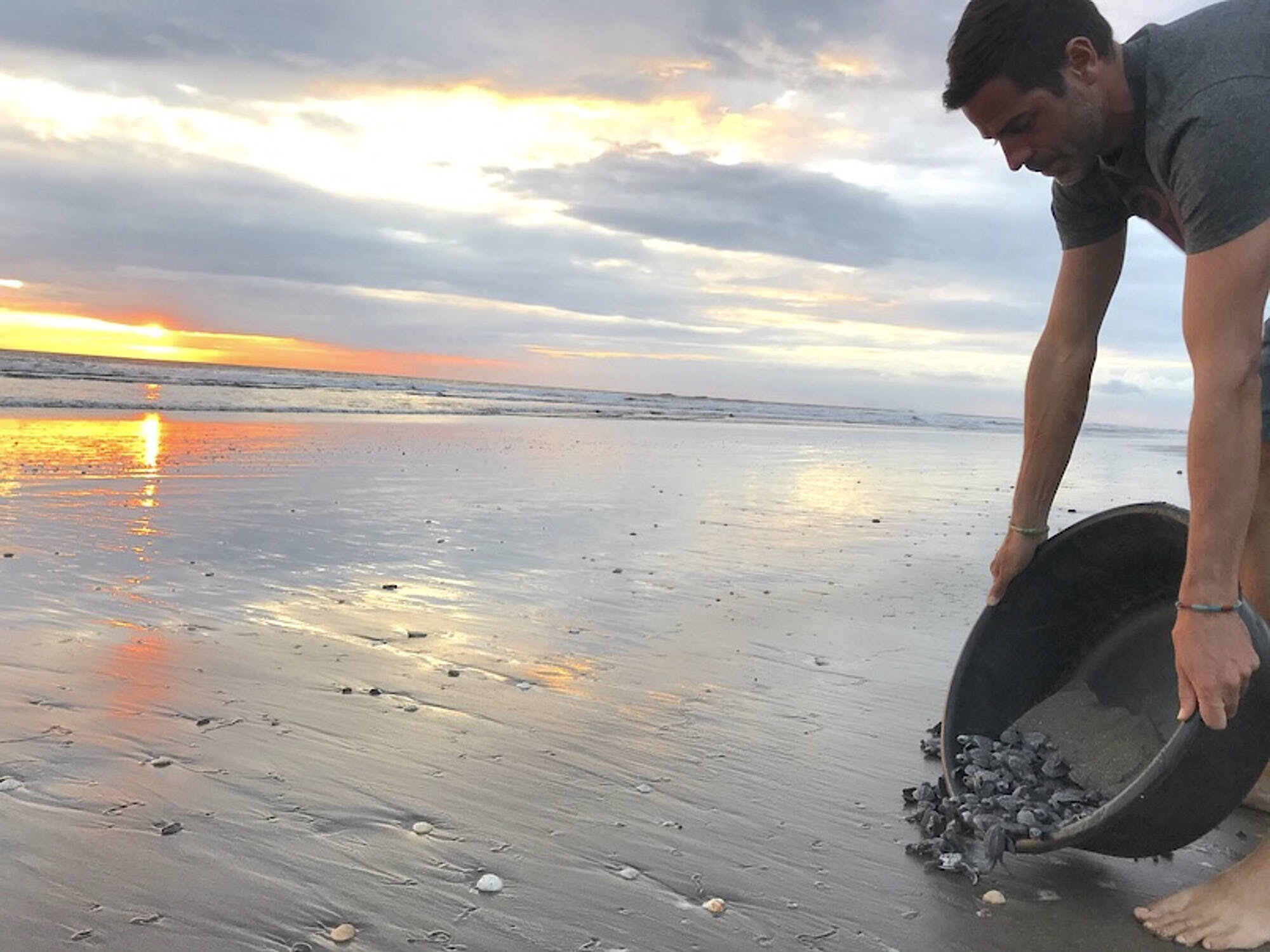
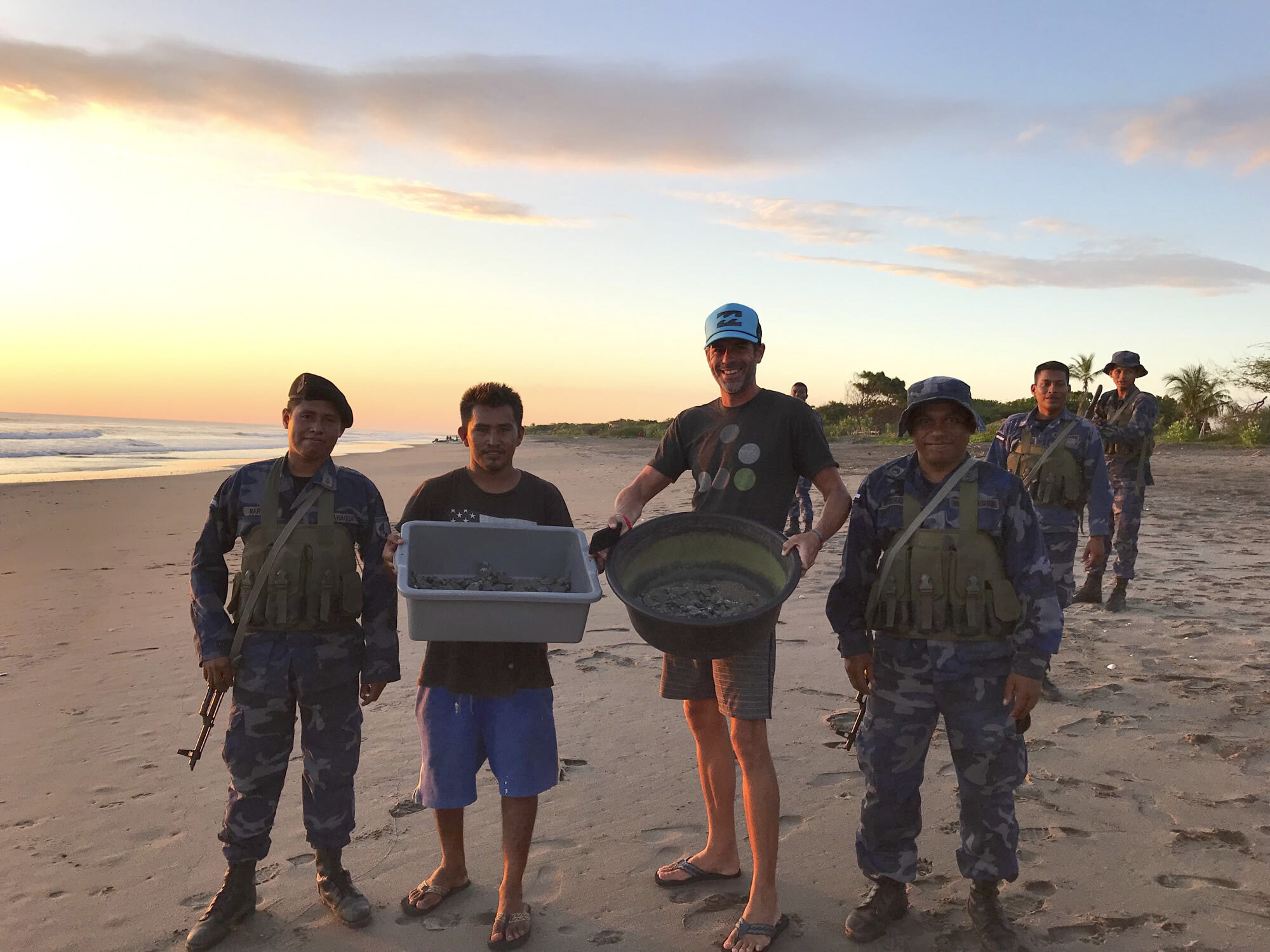
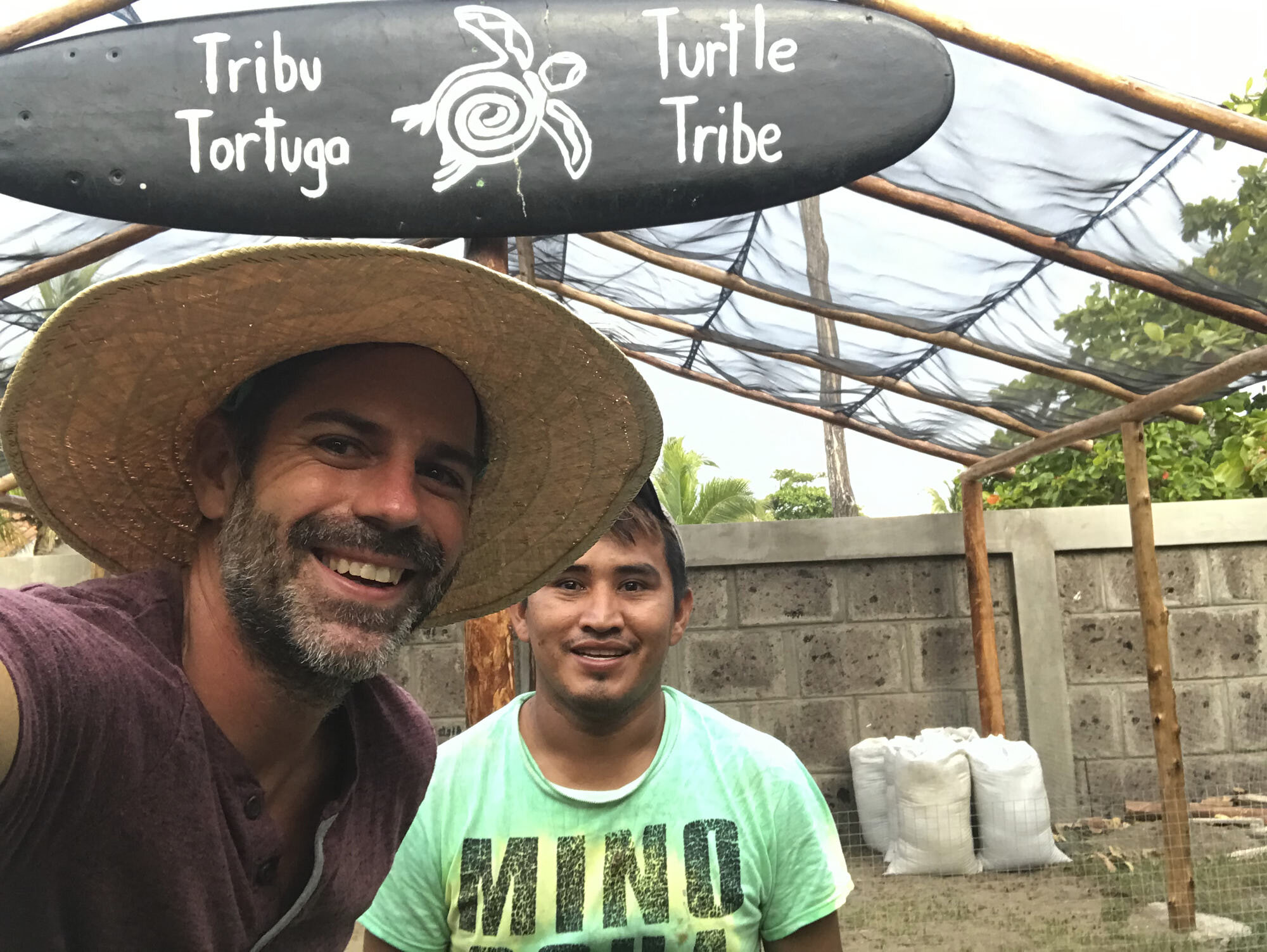
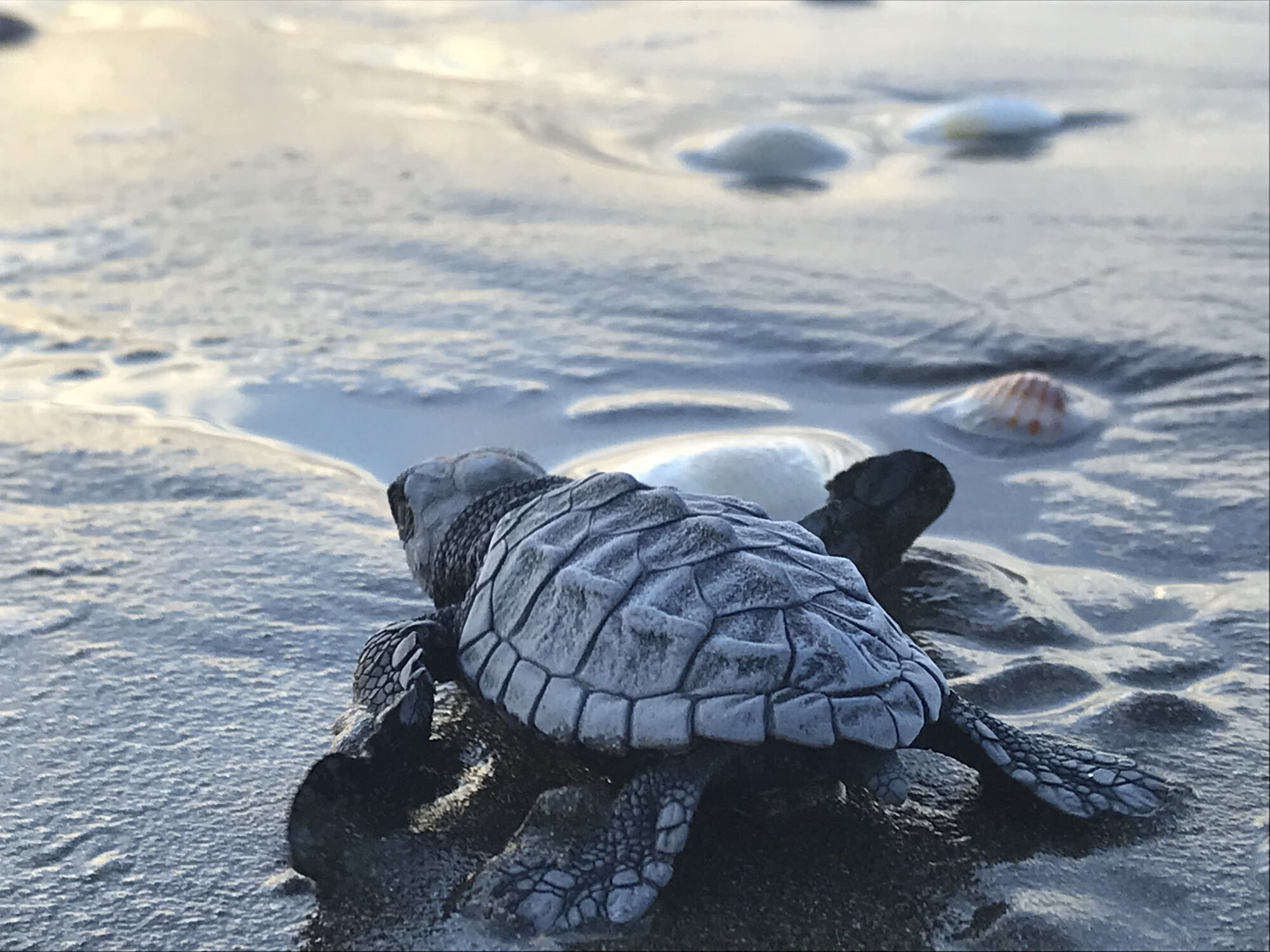
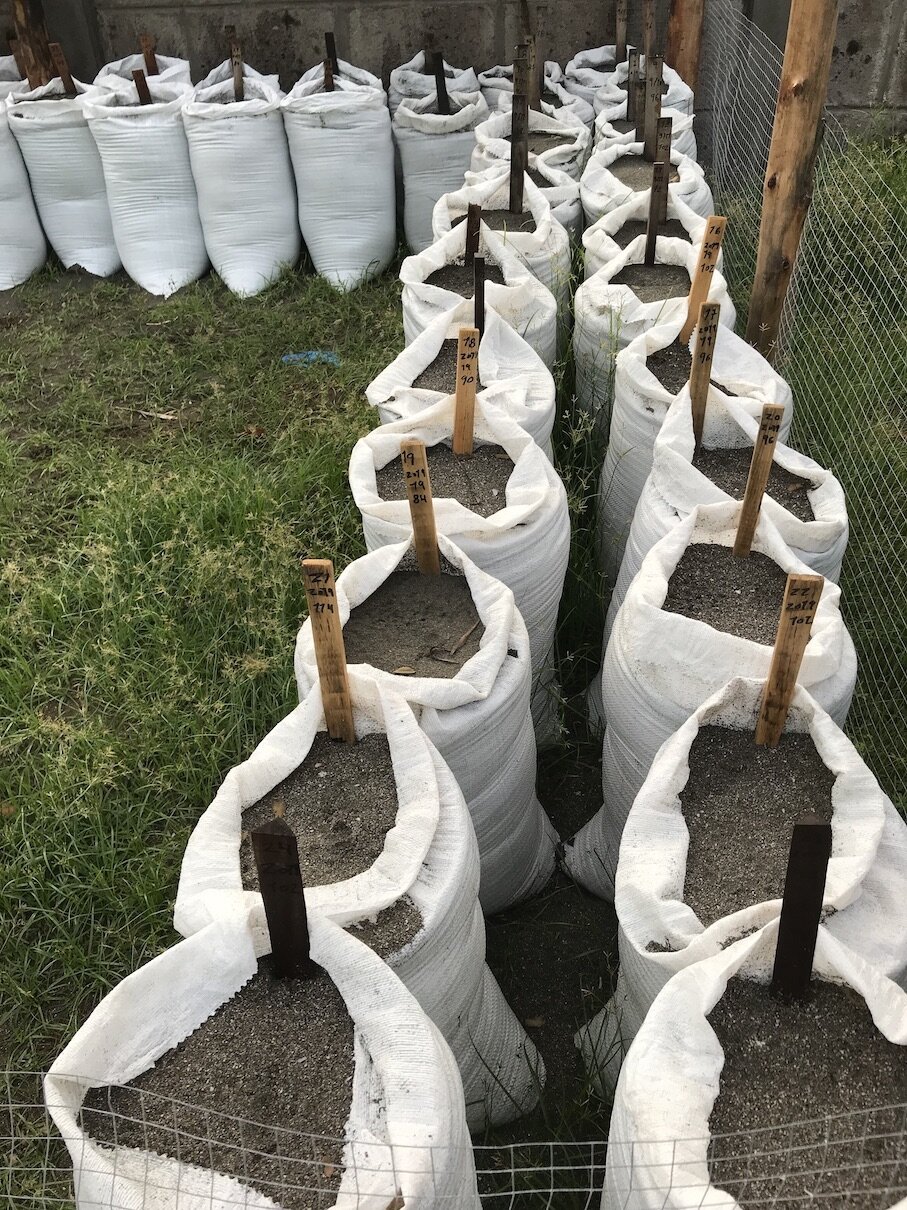
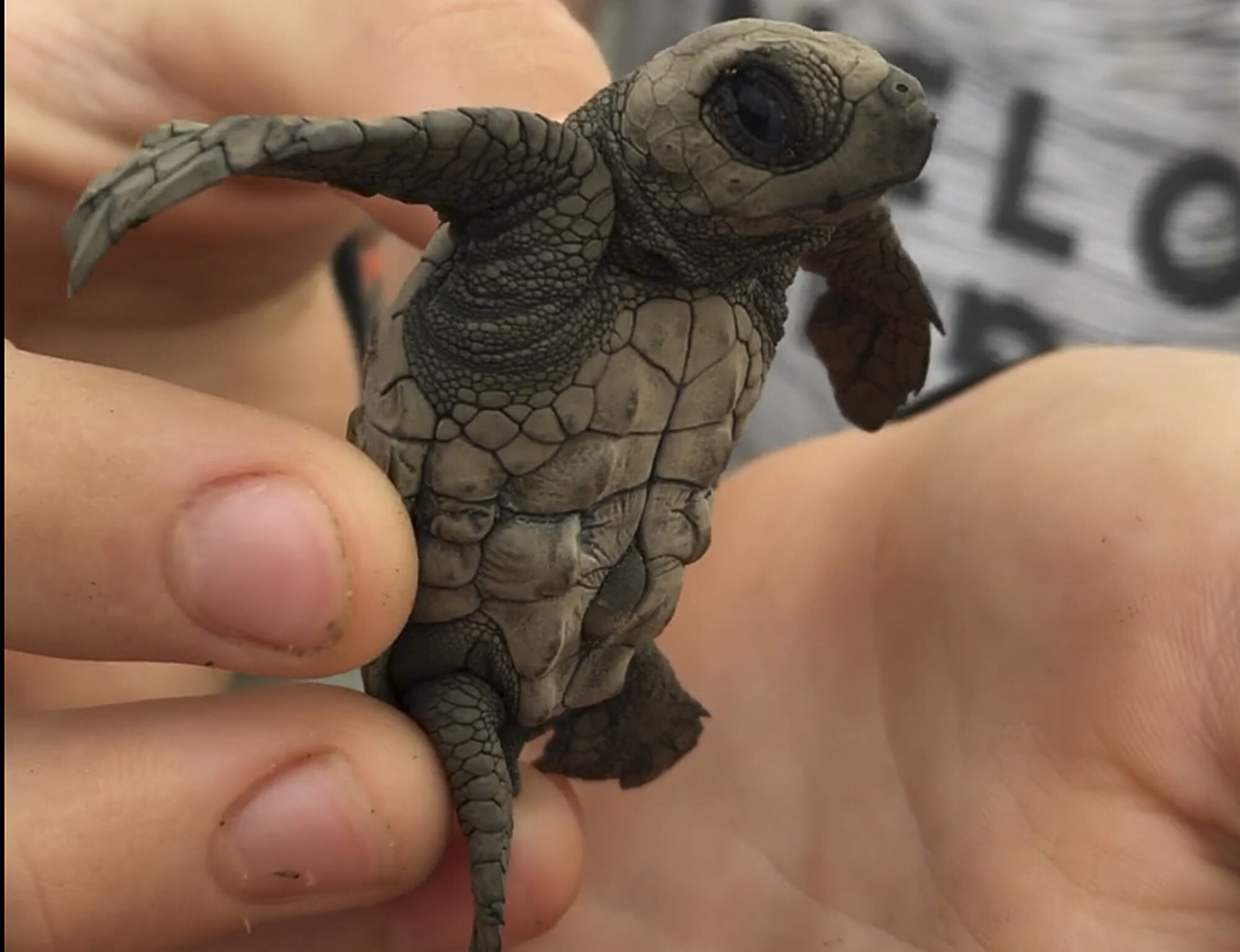
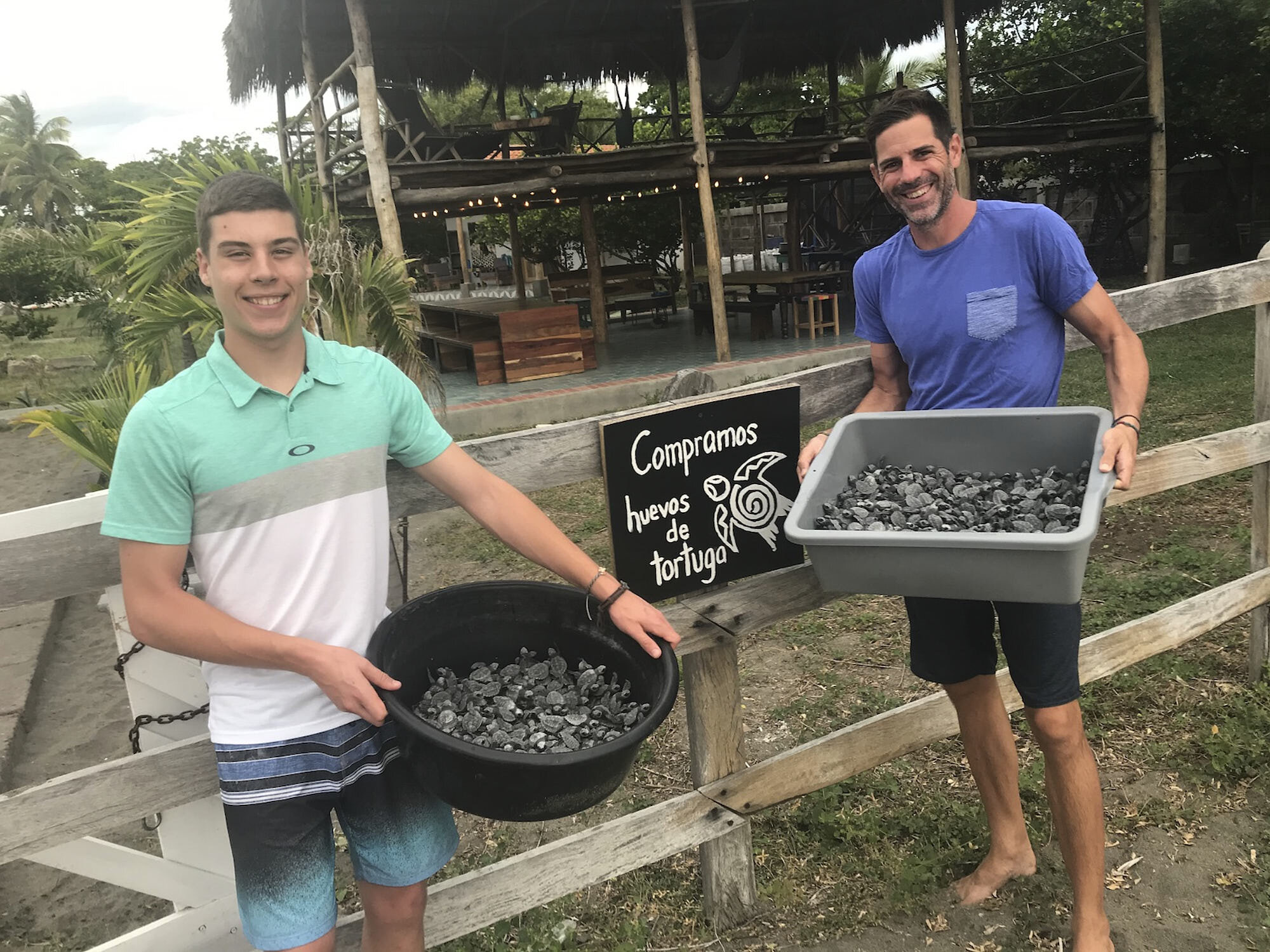
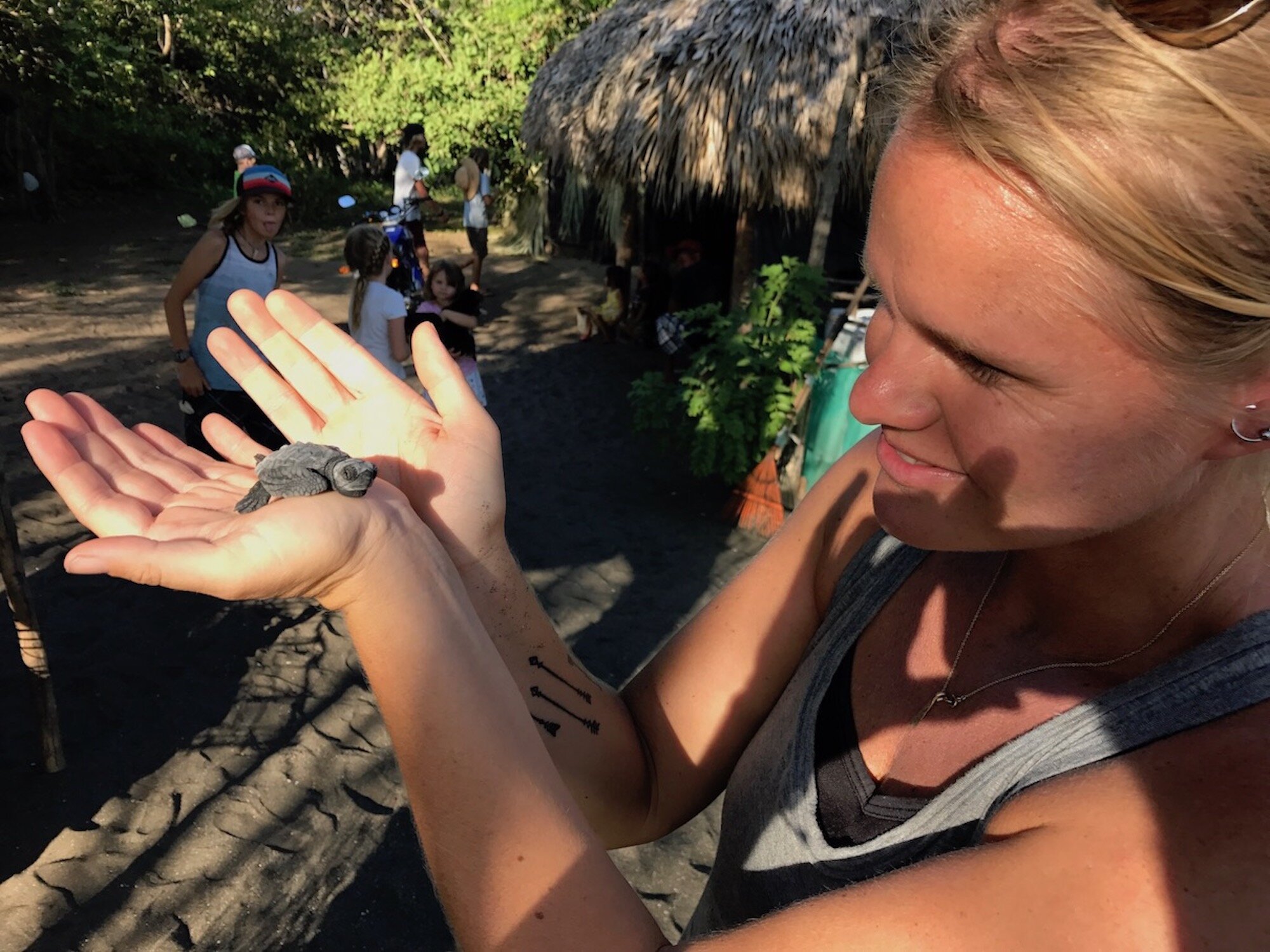
Our Nursery
Turtle Tribe’s goal is to purchase the eggs from the locals before they are sold to the market or eaten. We replicate the natural nest by placing the eggs in sacks filled with tide-washed sand. Purchasing of the eggs is done at night by our local employee who records the number of eggs, carefully places them in a new nest, and guards the area. The sanctuary is secure from predators and covered by shade cloth to prevent the nests from overheating. In order to make sure that we are not just telling people that hurting sea turtles is bad, we will be working closely with the La Tribu Radiante to educate the local community on why sea turtles are important and why they need protected.
Sunset turtle release….sometimes even the Navy shows up.
Come see the turtles
Turtle hatching season is mid November through January. We would love to host you for hands on sea turtle adventure.



